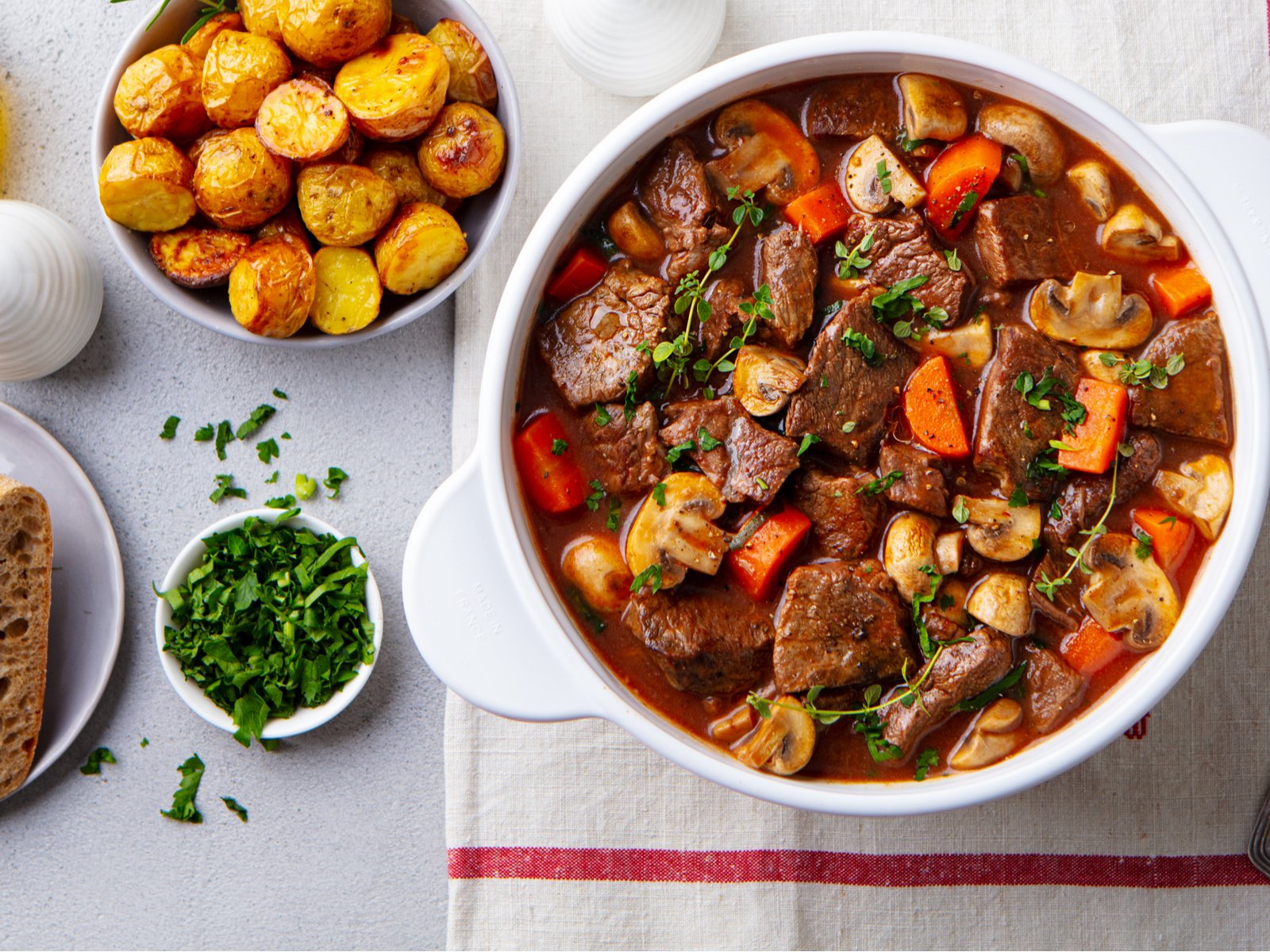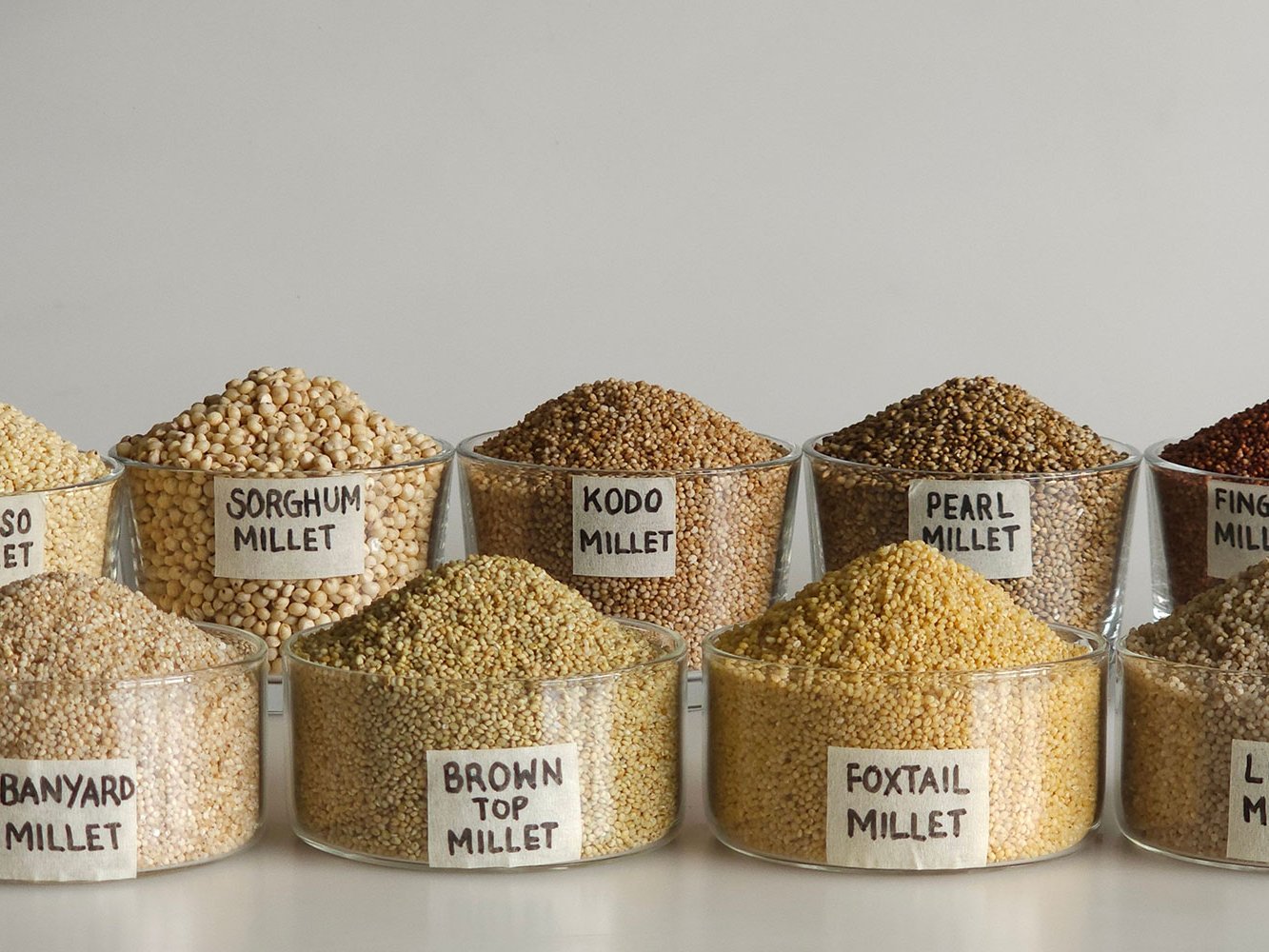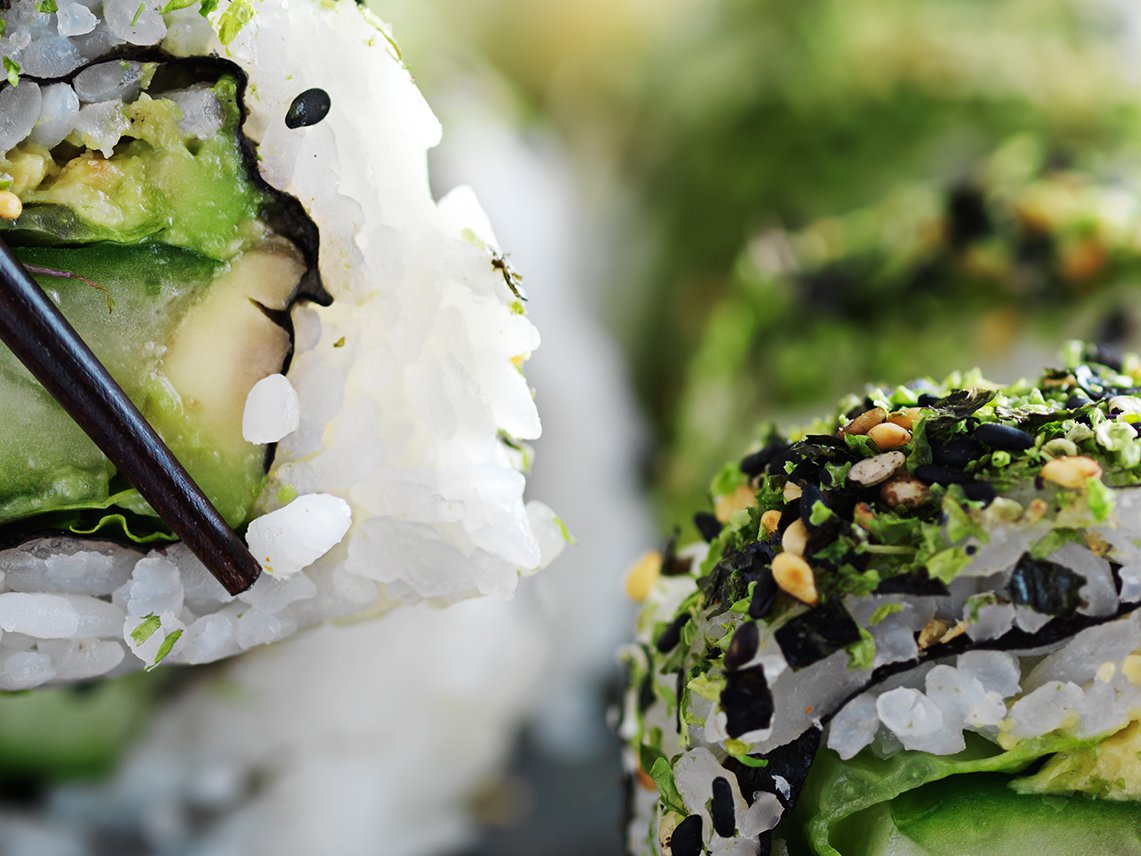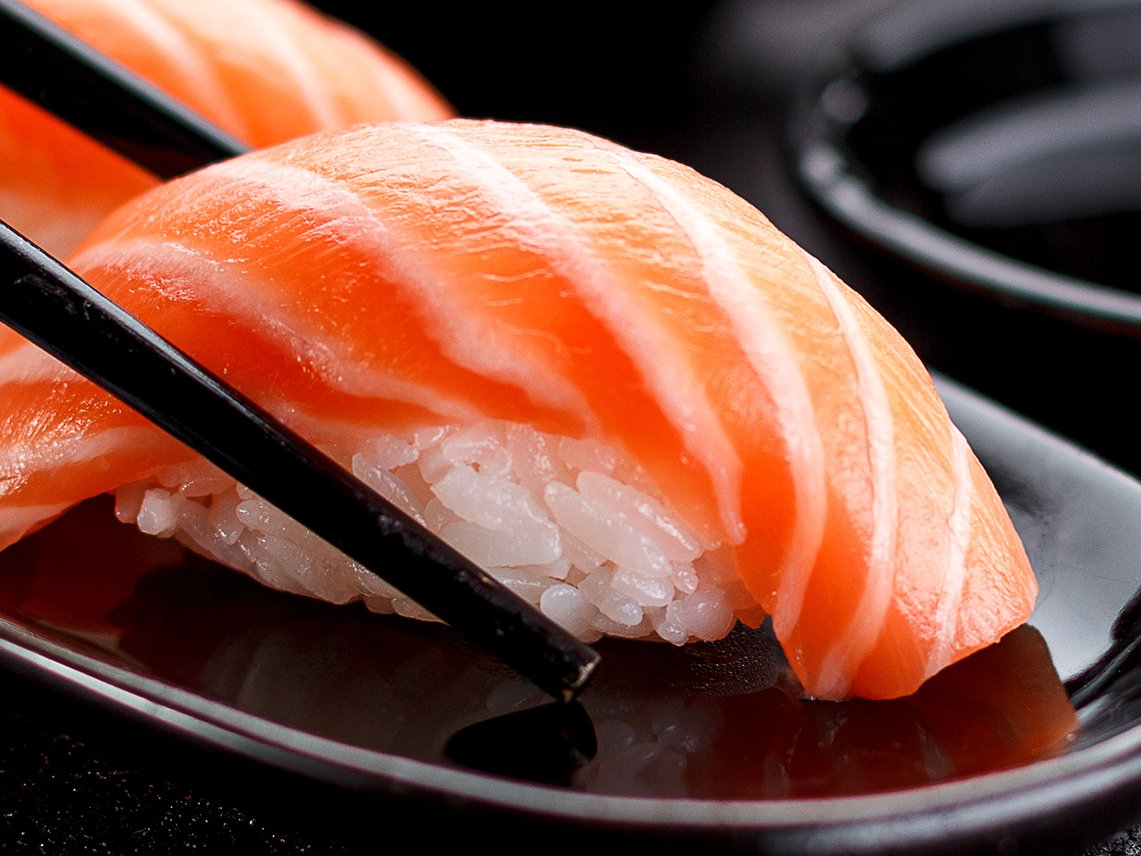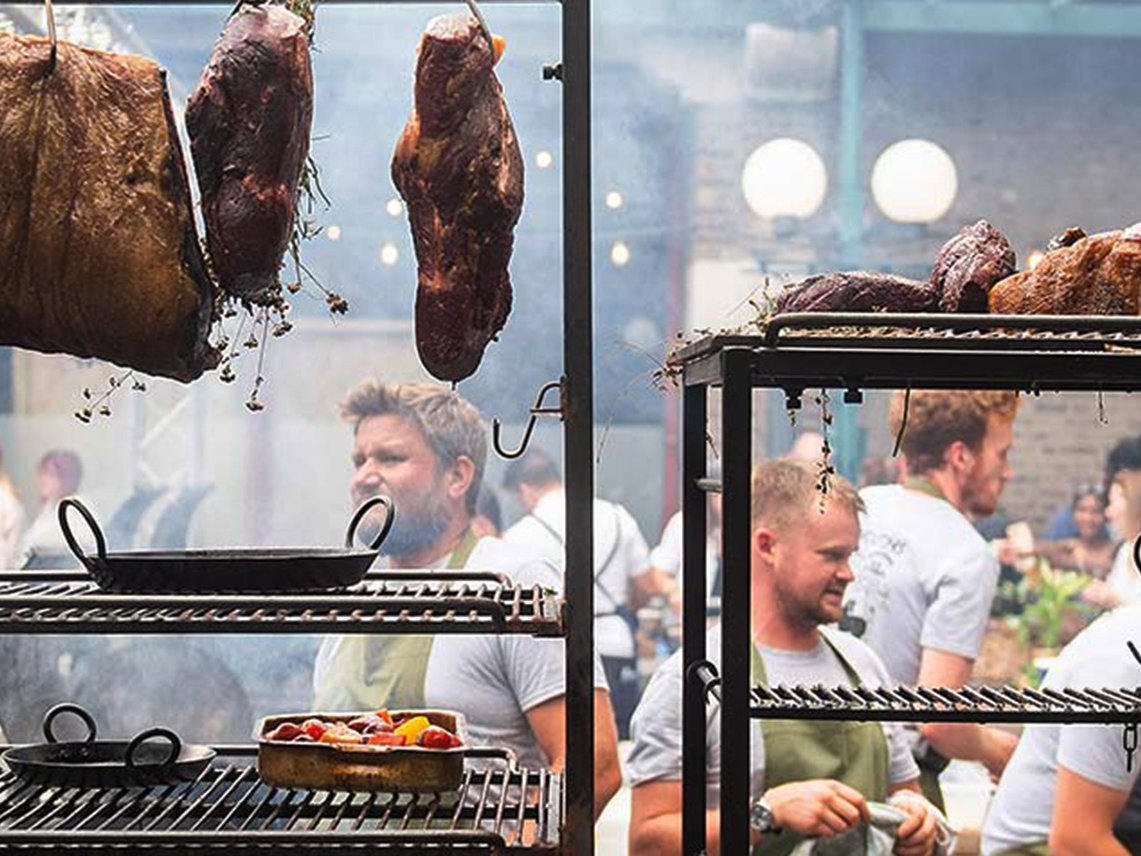Comfort Food: What the soul wants to eat
Food is a basic need that provides the body with energy and nutrients. However, it not only serves to satisfy our hunger but nourishes our soul and boosts emotional well-being.
Dishes like Grandma's sponge cake, a carton of ice cream or bowl of pasta warm our hearts and give us a immediate happiness boost. They comfort us in sad moments, cheer us on dank rainy days and relax us during a cosy TV evening. But not all foods are equally capable of doing this. Very few people for example would label a vegetable dish with quinoa "happiness food" or "soul food", even though it might fill you up just as much. It's worth taking a look into the past to explain this difference in perception.
Food was always a rare commodity for Stone Age humans. They needed food that provided them with a large amount of energy and many nutrients to survive. Fat in particular was high energy density. While carbohydrates and proteins each provide only four calories per gram, fat contains nine calories per gram – more than twice as much energy for the same weight. As far as nutrient density is concerned, very ripe fruit in particular was, and is, excellent at providing necessary vitamins and minerals. This is because the riper the fruit, the more nutrients it contains. At the same time, ripe fruit also has a high fructose content. This is converted into fat in our liver and builds up the winter fat that our ancestors could feast on during the cold months. In short, we got the high levels of nutrients and energy we needed for survival primarily from fatty and sweet foods. And because this has been genetically programmed into us for hundreds of thousands of years, we still like fatty and sweet foods today, even though we no longer have to hunt mammoths or get through an ice age.
Happy hormones
Back to the present: we have long been able to combine fat and sweet (or even salty) when preparing food. This creates dishes that feel like a jackpot for our Stone Age brain, which is still focused on survival. Whether the dish is cake, ice cream or pasta – all are a combination of fatty and sweet or salty. And the good feeling we experience when eating such food comes from the fact that our brain also reacts in a very special way to these so-called "hyper-tasty foods" (which of course also include dishes like fish & chips, pizza or chocolate mousse.
At a neurobiological level, three hormones in the brain are primarily responsible for the feel-good effect of certain foods: serotonin, dopamine and endorphins. Our serotonin level, which stabilises our mood and makes us happy, is primarily raised by sugar and other carbohydrates. Eating food containing cocoa or caffeine (chocolate!) also leads to a dopamine release and gives us a feeling of reward. In addition, chocolate – and in general everything with dough or cream – also provides a release of endorphins, which act like a natural painkiller and helps us to relax.
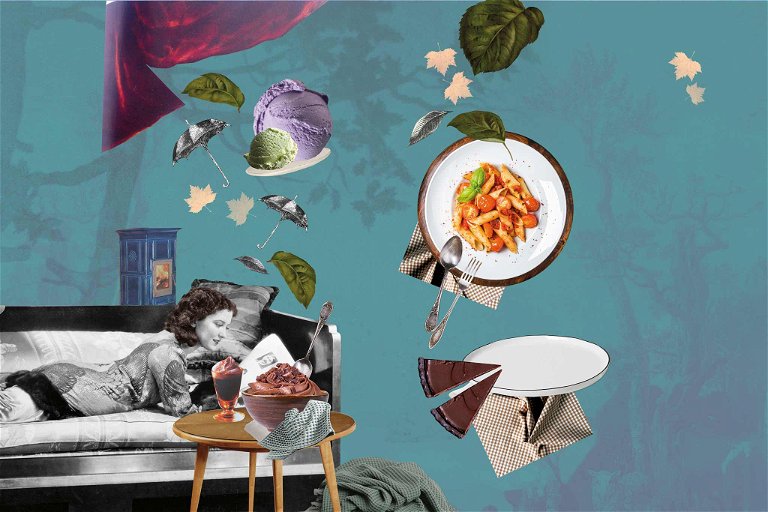
Learned preferences
In addition to these general biological processes, which function similarly in all people, psychological learning mechanisms also play a major role. Sponge cake, for example, takes on a special meaning when it reminds us of the feeling of warmth and security that we had with our grandparents. Of all the senses, taste and smell are predestined to evoke certain memories and associated feelings because impressions that are close together in time are stored in a network. If one of these sensory perceptions is "nudged", the other associated feelings and memories are also recalled. In this way, the dish with quinoa could actually become soul food – albeit not quite as intensely – as hyper-tasty foods.
Early experiences
Last but not least, we must not forget another crucial factor in the development of our preferences: mother's milk. You could call it the first and ultimate soul food, because, in principle, through it all the mechanisms mentioned above occur together. On the one hand, breast milk tastes sweet, but on the other it can also take on the taste of what the mother ingests. At the same time, breastfeeding is an intimate bond between mother and infant, which provides the child with a feeling of safety and security. In this way, sweetness in general, but also the mother's taste preferences in particular, are stored in the brain together with positive feelings in the infant. If we long for a feeling of love and warmth in adulthood, we can retrieve those feelings with these early taste experiences.
But whatever it is that our soul is about to eat, a complex interplay of chemical, biological and psychological processes occur that makes this experience possible for us in the first place.

